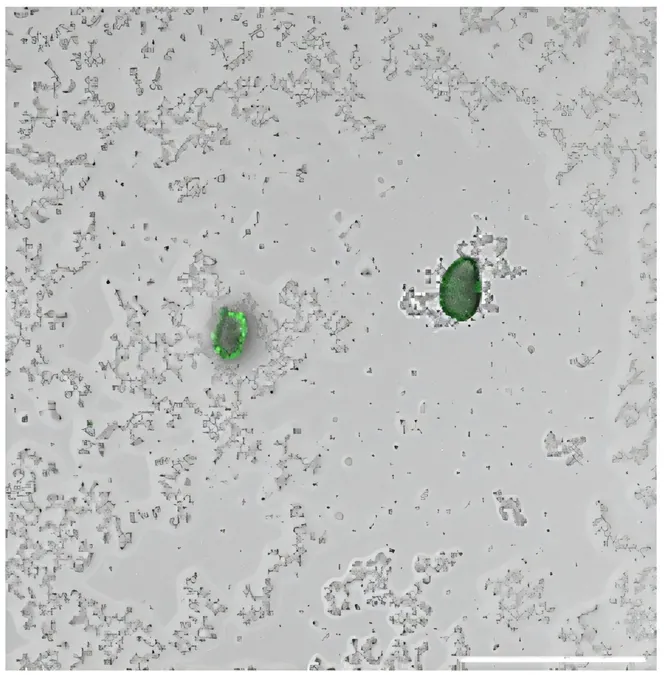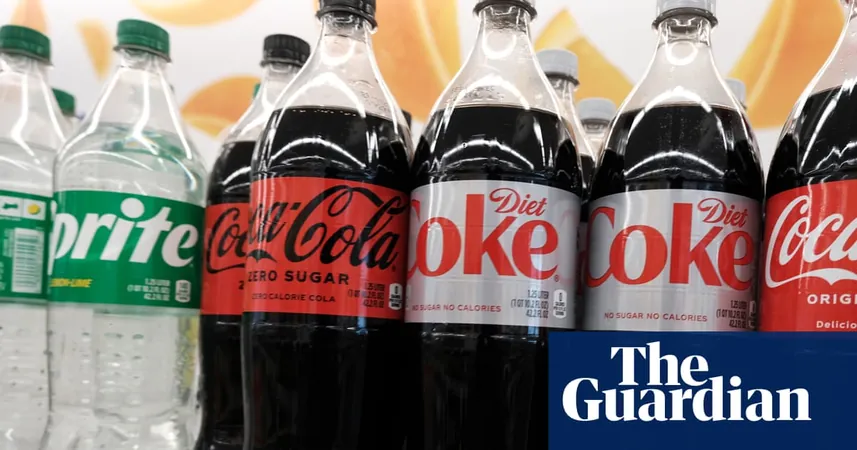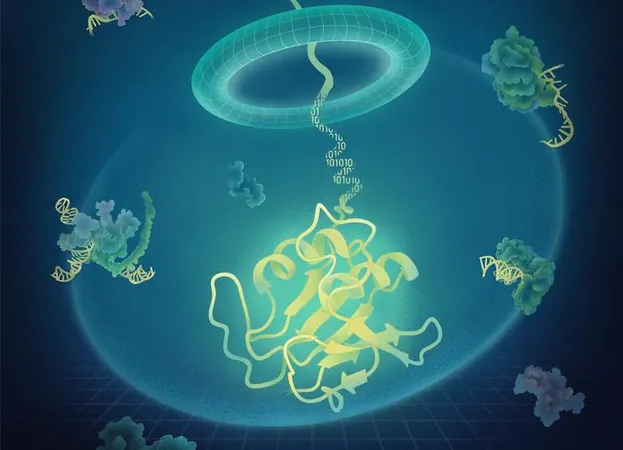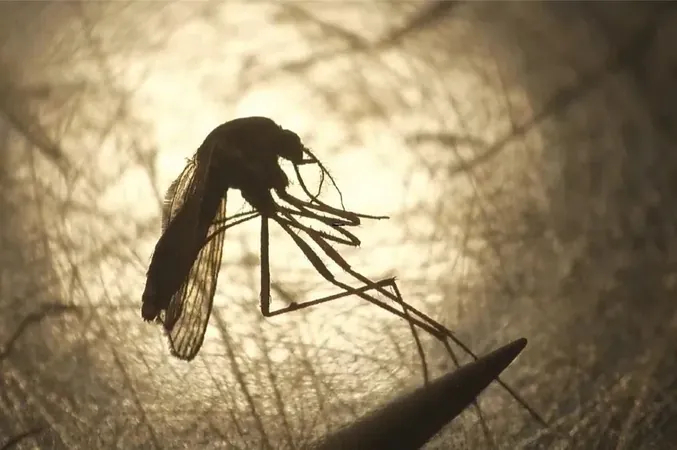
Revolutionary Living Sensor Detects Microplastics with a Glowing Twist!
2025-09-03
Author: Emma
A Game Changer in Microplastic Detection
Microplastics—those pesky, tiny plastic particles lurking in our air, soil, and water—have become a significant environmental concern. Tracking these minute fragments is crucial for effective cleanup, but traditional detection methods are often slow, pricey, and require specialized techniques. Enter a groundbreaking solution from researchers published in ACS Sensors: a living, glowing sensor that reacts to plastic!
Meet the Ingenious Engineering Behind the Sensor
Current techniques for spotting microplastics involve complex machinery like microscopes or infrared spectroscopy. While accurate, these methods can be cumbersome and time-consuming. To simplify things, researchers led by Song Lin Chua took the environmentally friendly bacterium Pseudomonas aeruginosa and transformed it into a biological sensor.
This bacterium, known for its ability to form biofilms on plastics (though some strains are pathogens), was genetically tweaked to help it shine—a brilliant green, that is! By inserting two specific genes into a non-infectious lab strain, they created a sensor that lights up upon contact with plastic.
Fluorescent Results in Record Time!
In their lab tests, the modified bacteria glowed vibrantly when exposed to various types of plastics, including polyethylene terephthalate and polystyrene, producing measurable fluorescence in as little as three hours. Remarkably, these engineered microbes remained viable for up to three days at refrigerator temperatures, making them easily transportable for fieldwork.
Testing the Waters: Real-World Application
To validate their sensor, the team deployed these glowing bacteria into filtered seawater gathered from an urban waterway, which had undergone treatment to strip away organic contaminants. The results were illuminating—literally! The water samples glowed intensely, indicating the presence of up to 100 parts per million of microplastics.
Further investigation using Raman microspectroscopy unveiled that the detected microplastics were primarily biodegradable types, such as polyacrylamide and polycaprolactone—showing the sensor's impressive versatility even against traditional polymers.
A Bright Future for Environmental Monitoring
Chua remarks, "Our biosensor offers a fast, affordable, and sensitive way to detect microplastics in environmental samples within hours." This innovative tool could revolutionize large-scale pollution monitoring and empower researchers to identify pollution hotspots quickly. "It’s time to shine a light on our waters, and this biosensor is just what we need!"









 Brasil (PT)
Brasil (PT)
 Canada (EN)
Canada (EN)
 Chile (ES)
Chile (ES)
 Česko (CS)
Česko (CS)
 대한민국 (KO)
대한민국 (KO)
 España (ES)
España (ES)
 France (FR)
France (FR)
 Hong Kong (EN)
Hong Kong (EN)
 Italia (IT)
Italia (IT)
 日本 (JA)
日本 (JA)
 Magyarország (HU)
Magyarország (HU)
 Norge (NO)
Norge (NO)
 Polska (PL)
Polska (PL)
 Schweiz (DE)
Schweiz (DE)
 Singapore (EN)
Singapore (EN)
 Sverige (SV)
Sverige (SV)
 Suomi (FI)
Suomi (FI)
 Türkiye (TR)
Türkiye (TR)
 الإمارات العربية المتحدة (AR)
الإمارات العربية المتحدة (AR)